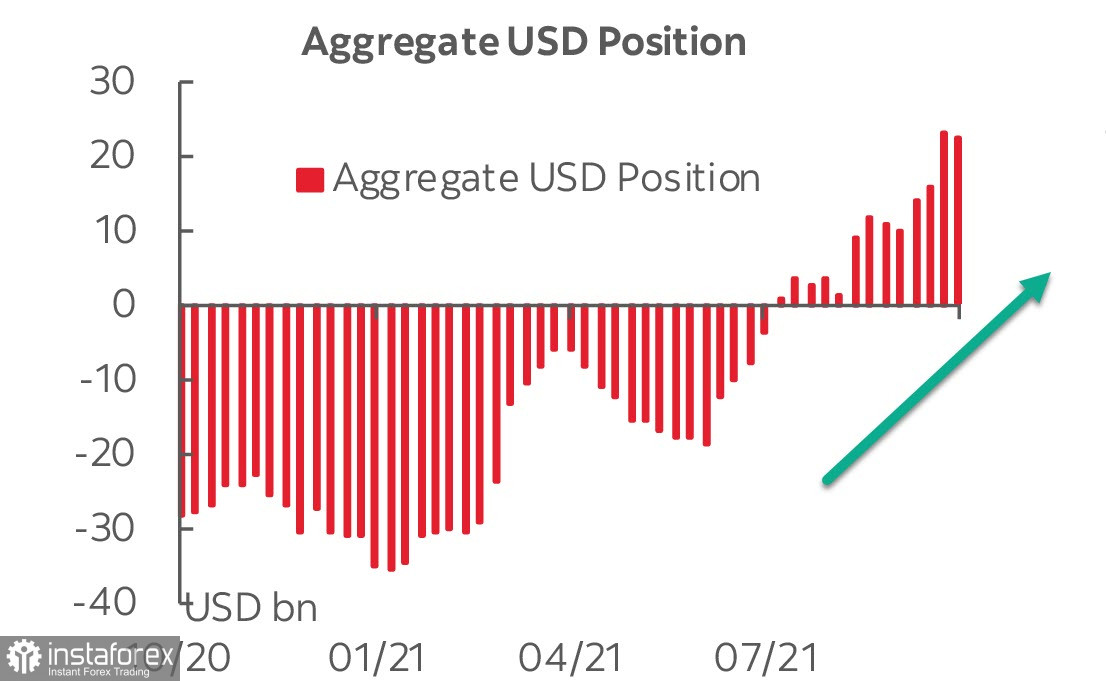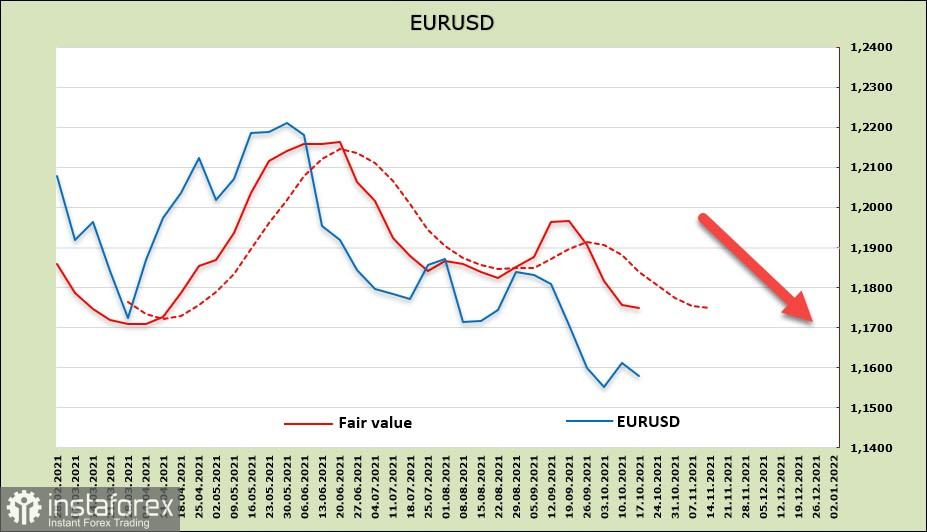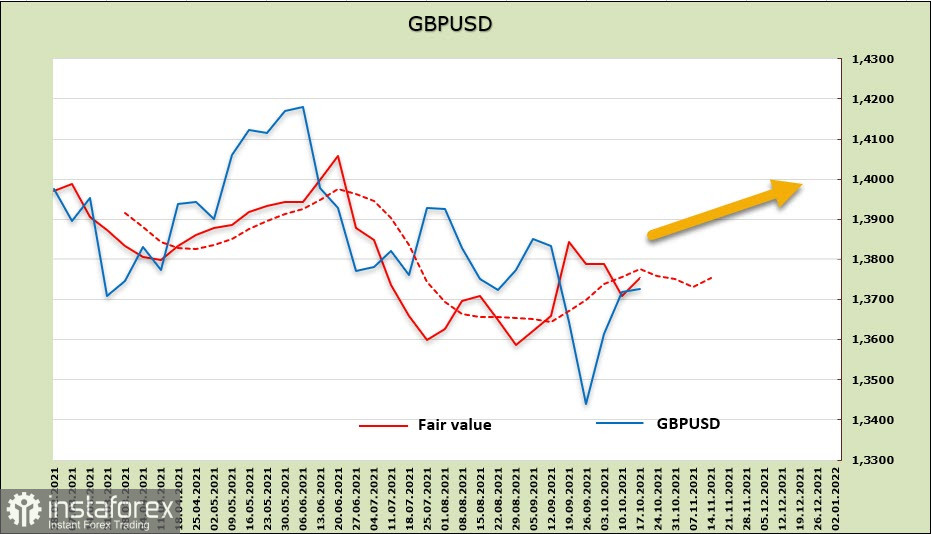The market's main driving force is fears of a rapid increase in inflation, which restrains the growth of consumer sentiment and pushes up yields in the expectation that Central Banks will act more aggressively. Consumer confidence is declining (the index from the University of Michigan declined from 72.8p to 71.4p, despite the forecasted growth), which increases the probability of a recession. This recession combined with rising prices means stagflation, which is a nightmare for central banks since there is practically no reliable tool for stopping the crisis.
The next CFTC report turned out to be uninformative. There was a consolidation across the entire spectrum of the currency market with slight deviations from the levels of the previous week. The dollar has lost 335 million, but it seems that this does not mean a reversal, as the accumulated 22.9 billion advantage still looks very convincing.

Commodity currencies gained slightly, which is quite understandable amid oil growth. Meanwhile, the yen was selling off again after a short respite. It is assumed that the main trends in the currency market are unlikely to change. The US dollar remains the main favorite, while commodity currencies will also stay at the top since the energy crisis is very far from being resolved. As for protective assets, their further dynamics will depend on the further growth of oil and gas, since the lack of energy resources can lead to a reduction in production, which, in turn, will provoke a new wave of crisis.
EUR/USD
The euro managed to win back some of the losses. The net-short position decreased by 596 million to -2.652 million, but the overall advantage is still behind the dollar. The estimated price is kept below the long-term average, so there is still negative dynamics.

The upward pullback ended near the resistance of 23.6% from the September decline. Currently, there are no fundamental reasons for continued growth. It is assumed that after a short consolidation, bearish pressure will increase. The nearest target is 1.15.
GBP/USD
The Bank of England tends to follow the Fed's actions several months back, and it seems that the current period is no exception. On Sunday, the head of the BoE Bailey wrote that "the situation in the energy sector means that the period of high inflation will last longer," and therefore, the Bank of England "will have to act" if the risks to inflation growth persist. Since there are no more reasons to wait for prices to decline, we can expect that Bailey's statement serves as a direct signal to the markets that the Bank intends to raise the rate in the near future.
These expectations will support the pound, and there is a chance that the Bank of England will raise the rate in December, that is, before the Fed does it. The yield of UK T-bills at the opening of trading in Europe sharply rose, and the pound receives a rather weighty bullish signal.
On Wednesday, the inflation report for September will be published. If the inflation growth turns out to be higher than forecasts, then the pound's bullish pressure may noticeably increase.
According to the CFTC report, the net short position in the pound declined by 688 million, to -1.017 million. The bearish advantage is small, and the dynamics are in favor of further growth, which indicates a rather large uncertainty in the futures market. The target price turned upward (bullish), but still below the long-term average (bearish).

The pound managed to go above the resistance level of 1.3720 last Friday. Apparently, it was only a reaction to a decrease in demand for protective assets and expectations of more aggressive steps by the Bank of England, while there were few long-term factors that could raise the pound higher. But after Bailey's statement, the factors holding back growth plummeted.
As of Monday morning, there is no clear direction yet. Consolidation near the technical level of 1.3720 looked like a priority, but the short-term channel is bullish, and the additional momentum from Bailey will be actively played back. The movement to the upper border of the channel 1.3820/40 becomes a priority, with a target of 1.3900/20.
 English
English 
 Русский
Русский Bahasa Indonesia
Bahasa Indonesia Bahasa Malay
Bahasa Malay ไทย
ไทย Español
Español Deutsch
Deutsch Български
Български Français
Français Tiếng Việt
Tiếng Việt 中文
中文 বাংলা
বাংলা हिन्दी
हिन्दी Čeština
Čeština Українська
Українська Română
Română

